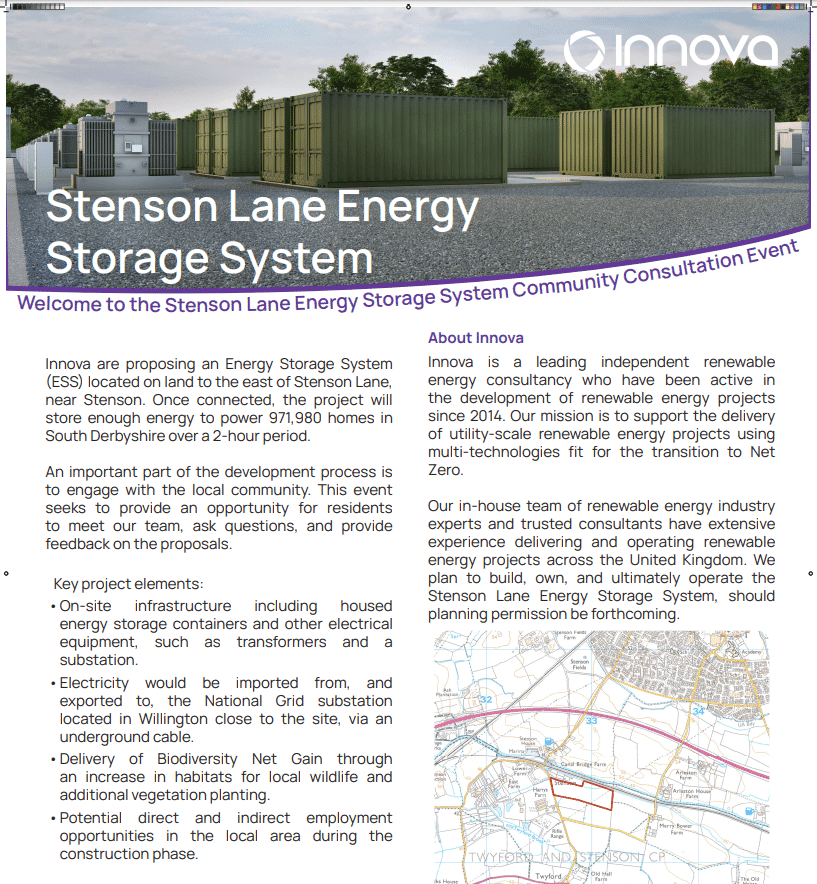We have instructed a range of specialist consultants who are currently undertaking surveys to inform the design and planning application.
Landscape & Visual
The site benefits from existing mature trees and hedgerows that provide screening and is set away from sensitive receptors. A full Landscape and Visual Impact Assessment (LVIA) has been included in the planning application. Key viewpoints from the surrounding area were assessed in the LVIA and mitigation measures proposed, including new planting, to reduce the visual impact.
Agricultural Land Quality
An agricultural land classification survey has been completed which confirms that the site comprises 37% Grade 3a and 63% Grade 3b land. Most of the development site is therefore not Best and Most Versatile land (Grade 3a and higher).
Archaeology and Heritage
A Historic Environmental Desk-Based Assessment has been completed, which confirmed that no designated archaeology will be impacted by the proposed development. A geophysical survey was subsequently undertaken at the site to confirm if any previously unrecorded archaeology assets are present and the results shared with the Council’s archaeology officer. There was no evidence of archaeology being present that would require intrusive surveys at this stage.
There are three Listed Buildings, the Trent and Mersey Canal and Twyford Conservation areas in the vicinity of the site. The assessment concluded that the significance of these assets will not be impacted by the proposed development.
Ecology
An initial Extended Phase 1 Ecology Habitat survey was completed at the site followed by badger, great crested newt, otter, water vole, breeding and wintering bir d surveys. These surveys have influenced the site design and are detailed in the Ecology Impact Assessment.
A Biodiversity Net Gain (BNG) assessment completed for the proposals demonstrates that the site will deliver a BNG gain in excess of the 10% required by the Environment Act 2021
Habitats of high biodiversity value, including species-rich grassland, will be introduced to deliver the biodiversity net gain. This will be managed in accordance with the Landscape and Ecology Management Plan for the first 10 years of the development, to ensure habitats become established.
Hydrology
The site is in Flood Zone 1, meaning it has a low probability of flooding from rivers and the sea. The application was supported by a Flood Risk Assessment and Sustainable Drainage System strategy to ensure the development does not increase flood risk on or off the site. The drainage strategy relies on an attenuation-based approach to capture run-off and release it at a controlled rate.
Noise
The planning application is supported by a Full Noise Impact Assessment which has identified the closest noise receptors and considers the potential noise generation from the proposed development, in the context of existing sound levels in the area. Several noise mitigation measures have been included in the design.








